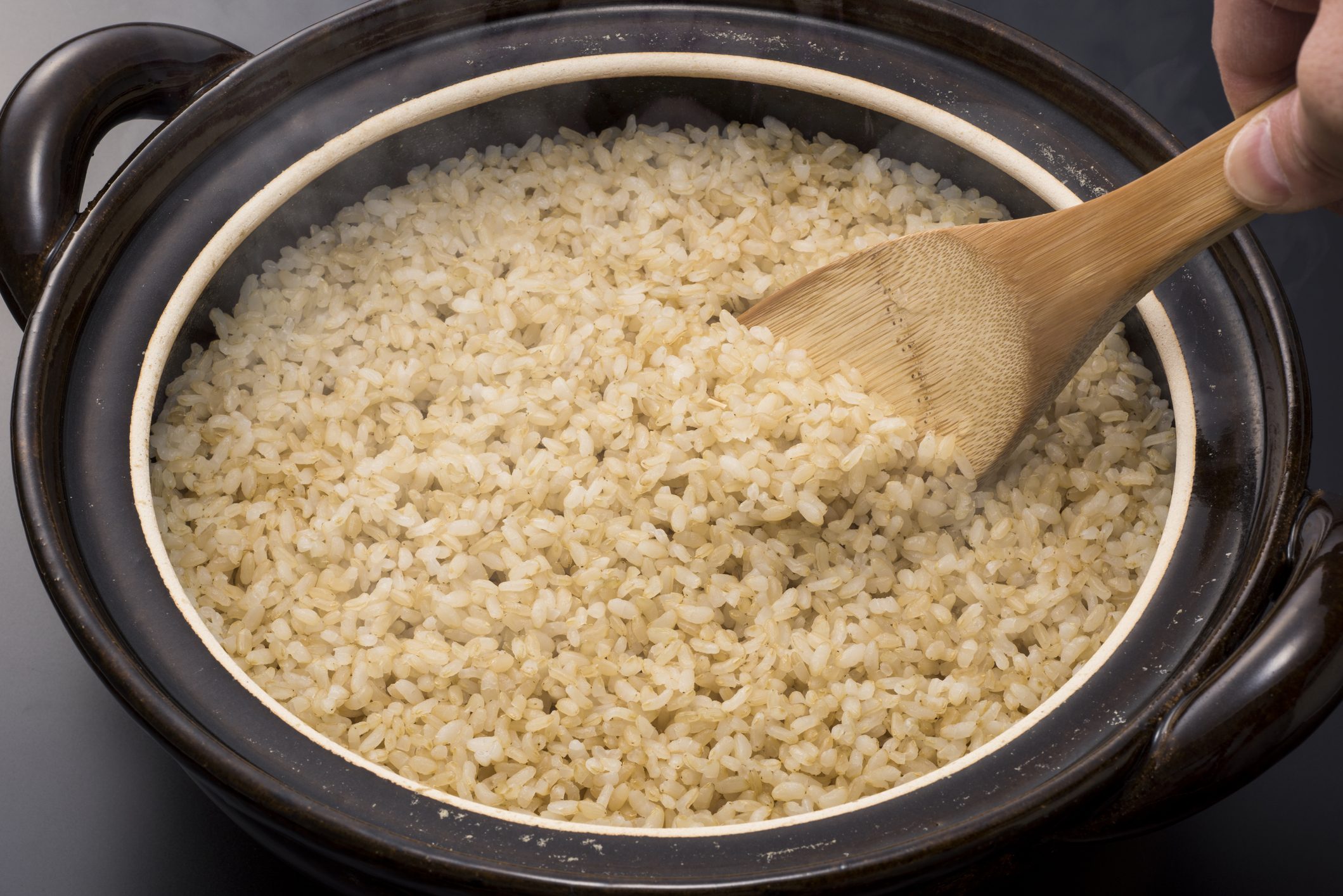Not Sure About Your Leafy Greens? 5 Popular Varieties and How to Use Them
Salads often get a bad rap. And it’s likely due to their association with fad diets that only allow you to eat green leaves for days on end. But your leafy greens do have their place in the kitchen. You can add them to a sandwich, hamburger, and even make a nutritious salad. Whichever way you eat them, here is a quick guide on the different varieties.
;Resize,width=742;)
Salads make a refreshing side dish. They are also a great way to get nutrients without the calorie price tag. Add fruits for sweetness, nuts for crunch, and feta cheese for saltiness. You can even make it a full meal by adding protein like chicken breast, tuna, or hard-boiled eggs. When shopping for salad leaves, look out for vibrant colored leaves. There should be no signs of wilting, yellowing, or browning.
1. Romaine (also known as Cos)

Romaine lettuce is similar to Iceberg, but with added texture and flavor. It’s very crunchy and goes well with strong flavors like garlic and anchovies, which is probably why it’s so popular in Caesar salad. Because it’s so crunchy it also makes a nice addition to burgers or sandwiches. You can also grill it! The Romaine hearts hold their structure and will take on the delicious, smoky flavor from the grill.
2. Iceberg

Iceberg is also a crispy lettuce and is one of the cheapest on the market. It became popular for its use as a diet food, because it’s very low in calories. Unfortunately, it’s also low in nutritional value. It is milder in flavor when compared to Romaine, so it’s a great lettuce to add crunch and freshness to a dish. If iceberg lettuce sounds a bit boring to you, combine it with other, more nutritional salad leaves. The variety in color and taste will make your salad a bit more exciting.
3. Butterhead

As the name suggests, these leaves are soft and buttery. The leaves are broad which makes it useful for wrapping foods. It’s also mild in flavor, making it a good match with spicy flavors. If used in a salad, they hold up well against creamy dressings.
4. Rocket (also known as arugula)

These leaves are not to everyone’s taste. They can be peppery and sometimes bitter. The two types you will find in store is the broad-leafed rocket, and the thinner leaf wild rocket. They go well with sweet notes, so add a honey-balsamic vinaigrette or sliced nectarines. They are popular as a garnish in Italian dishes, so next time you make pizza, pasta, or risotto, add a few leaves before serving.
5. Watercress

Watercress can be described as peppery and spicy. It goes well in a meat sandwich and also lends a peppery finish to a salad. In terms of nutrition, watercress is superior to most other salad leaves. The leaves are rich in vitamins A and C, and antioxidants.
Always remember to wash your salad leaves before you use them! Salad leaves are responsible for a number of food poisoning outbreaks and can be contaminated with bacteria such as E.coli, Salmonella, and Listeria.
Consider investing in a salad spinner. Using dry leaves instead of wet ones, means your salad dressing will be able to stick to the leaves. If you use wet leaves, the dressing will slip off and end up in a puddle at the bottom of your salad bowl.
Leafy greens are a great way to add nutrition and texture to your dishes, and with different varieties you can add them to every meal.
;Resize,width=767;)

;Resize,width=712;)
;Resize,width=712;)
